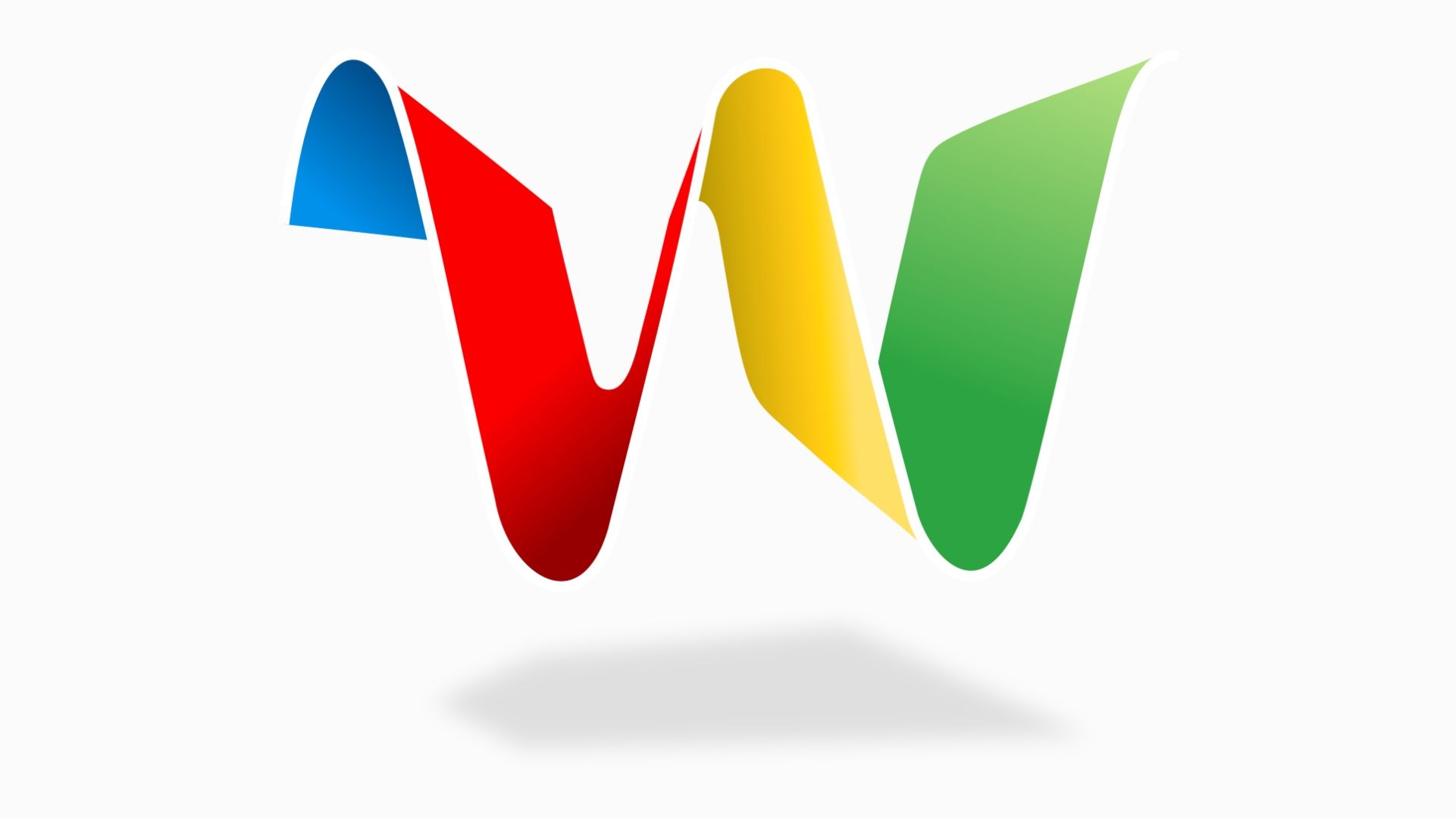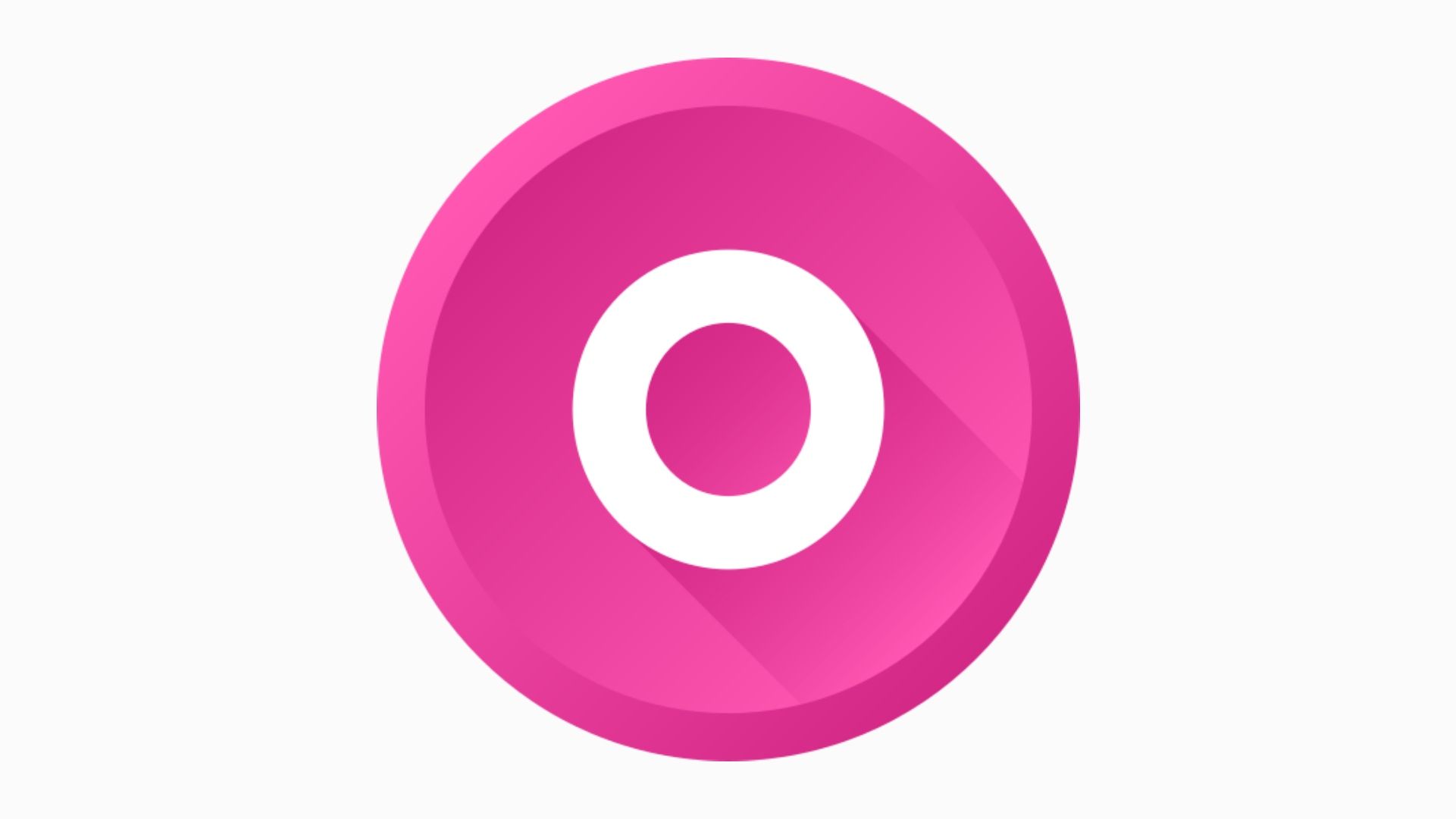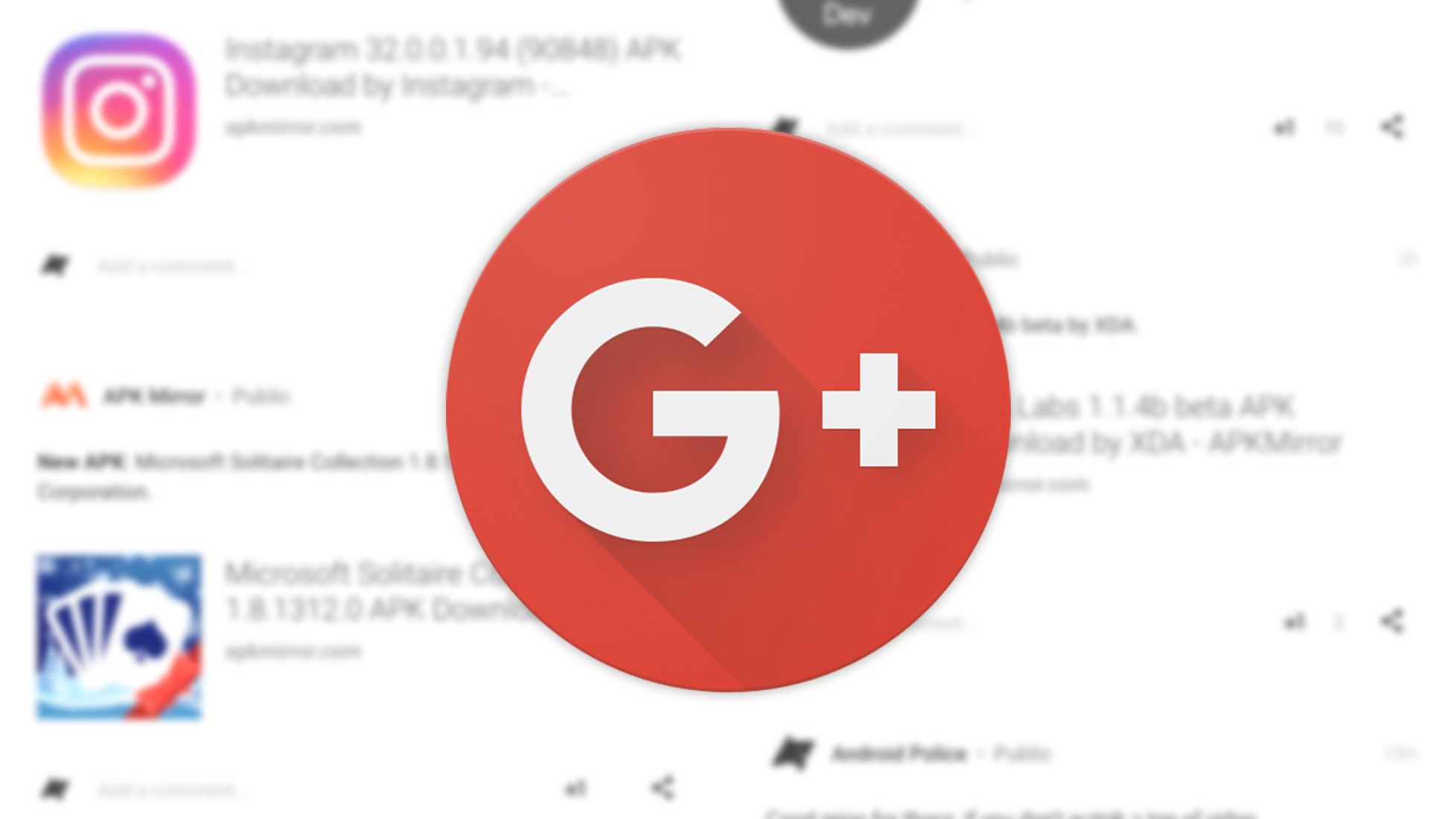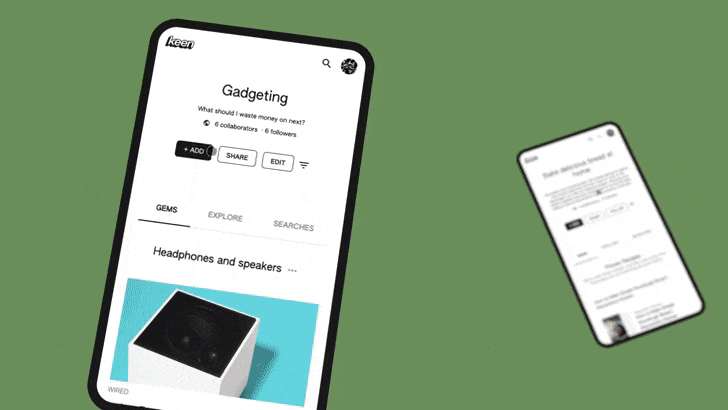Google has notoriously pulled the plug on many projects. Currently, social media is dominated largely by Instagram, TikTok, and X (formally Twitter). However, Google has tried time and time again to create its own social media platform. Over the years, the company has attempted to incentivize you to share and communicate with one another across many failed services.
Google’s penchant for discontinuing software and services is so common, that it spawned the infamous Killed by Google website. The archival graveyard is home to a laundry list of nearly 300 products that received the axe from the company. Across the many products, including the ill-fated Stadia, are several social media-specific platforms.
Let’s explore Google’s crypts of social media services that were not made for this world.
1 Google Wave (2009 – 2012)
Back in the late 2000s, Google launched its first global “communication” social platform, Google Wave. Released on May 28, 2009, Google designed Wave to be a collaborative editing platform. Google Wave targeted those in school, at work, or even at home.
Much like Slack, Google Wave enabled you to add photos, videos, and maps in a “Wave.” Each Wave had a history so you could catch up if added down the road. Google Wave enabled channels to be made public. For instance, say there was a community event like a bake sale. Locals could collaborate on a time, a date, where set up would be and what would be required. In many ways, Google Wave was ahead of its time. Let’s face it, I find myself collaborating in similar ways across Slack, Microsoft Teams, and other contemporary platforms.
Google Wave was first available to developers before being released to the general public in 2010. Google then announced it would be suspending stand-alone Wave development and maintenance. By 2012, Google Wave became read-only software with all Waves being delisted. Development was handed over to Apache Software Foundation and rebranded to Apache Wave, which was discontinued in 2018.
2 Google Buzz (2010 – 2011)
Soon after the launch of Google Wave, Google Buzz was introduced. The idea was to create a platform for communicating, sharing, and uploading media. Google Buzz was better positioned to be more successful than its predecessor. However, for a platform that focuses on social networking and microblogging, it’s never a good sign when I haven’t ever heard of it.
Google Buzz featured the ability to share links, photos, videos, messages, and other content. The platform was also heavily integrated into Gmail alongside Twitter, YouTube, FriendFeed, and Google Reader. Alternatively, media and messages could be shared privately with a group of friends and sent directly to their inboxes. You could even interact with these posts by “liking” them.
The web version of Google Buzz launched in 2010 before being optimized for Android and iOS. The platform was met with heavy scrutiny following its launch due to privacy concerns, resulting in a $8.5 million lawsuit for Google. With the name dragged through the mud, Google Buzz was shuttered in late 2011. However, all user content was saved to the user’s Google Drive.
3 Orkut (2004 – 2014)
Orkut is actually Google’s longest-running social network. It was first conceptualized in 2004 by Orkut Büyükkökten, a Turkish software engineer. Orkut was very reminiscent of MySpace or early Facebook. Even by today’s standards, Orkut was the closest to a true social network out of Google’s projects thus far.
Orkut let users create a profile. They could add photos, a status, and update a ‘Scrapbook.’ There were a ton of strange features early on, including the ability to rate friends, add testimonials, and even add others to their “Crush List.” I’m pretty sure I saw this Black Mirror episode. Orkut’s popularity skyrocketed in Brazil and India. In 2008, it became one of the most visited sites in both markets. Google eventually decided to move Orkut’s operations to Brazil as legal issues in the U.S. began. It was alleged that hate campaigns and other questionable content were shared on the platform.
By 2014, Google closed Orkut’s services. The company gave a two-year grace period to export profiles, scarps, testimonials, and posts. Orkut’s downfall was largely accredited to the lack of global growth compared to Facebook, YouTube, etc.
4 Google+ (2011 – 2019)
We’ve reached what’s perhaps Google’s most infamous attempt at a social media platform. Google+ was built off the successes (both minor and major) of its predecessors. Google+ was built to unify other Google products like YouTube, Blogger, and Google Drive. On top of that, it also enabled you to post media, and updates while interacting with one another. Many of us had it. Very few used it.
Two weeks after its launch, Google+ had 10 million global users. By the end of 2011, that number rose to 90 million. Thanks to its integration across products like Gmail and YouTube, Google+ had a respective amount of monthly active users. Though, as I look back, I was never compelled to give Google+ my time. Facebook reigned as the superior platform as it was the platform for Millennials at the time. Features like Circles and Hangouts incentivized community uses yet Google+ still couldn’t maintain an audience.
By 2018, the company had revealed its plans to pivot away from the consumer version of Google+. The company cited low engagement. Over on G Suite, it was replaced by Google Currents, which was also shut down by 2023 as Google focused on Google Chat. To this day, Google+ is considered one of the company’s most notable failures.
5 Keen (2020 – 2024)
Finally, we’ve reached the lesser-known Keen. This social platform was launched during the pandemic and was an alternative to Pinterest. Keen was built as an experimental project and used Machine Learning-powered recommendations to create virtual boards. You could set up ideas, and the algorithm would offer recommendations based on what the user liked and disliked. It’s a compelling idea for someone like myself who loves to cook and is always looking for recipe ideas.
Keen offered a way for you to curate their experience based on preferences. If you had a topic in mind, Keen would provide recommendations. You could interact with other “Keens” by liking other posts, following other users, and commenting. While Keens were intended to be shared with the public, Google also offered private access.
By now, you should know the drill. In March 2024, Google announced that Keen was shut down. “Keen was always intended as an experiment,” the team said in a post. The Keen website and app have been delisted, and all posts and uploads have been deleted.
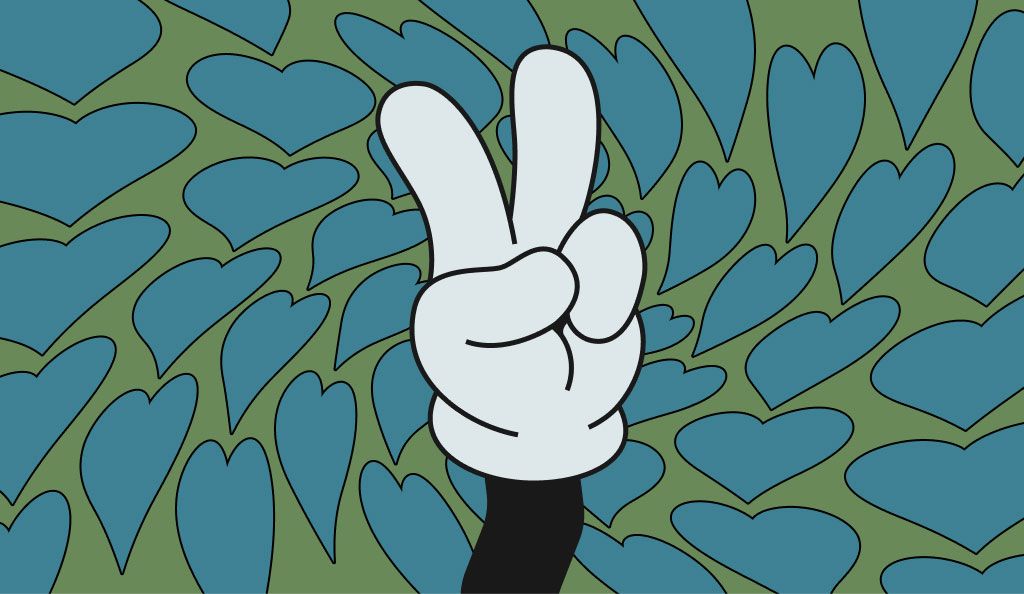
Google shuts down its latest attempt at a social media app
The Area 120 experiment called Keen is shutting down this month
Google may be king in several services, but social media isn’t one of them
Over 20 years, Google has shown its incessant determination to create a social media platform. While narrowly honing in on something unique, the company never rose to the likes of Facebook, X, Instagram, and TikTok. As platforms like Threads and BlueSky show, there’s still room for new platforms. However, if Google ever wants to have some skin in the game, it’ll need to show its willingness to stick with a project for more than a handful of years.




